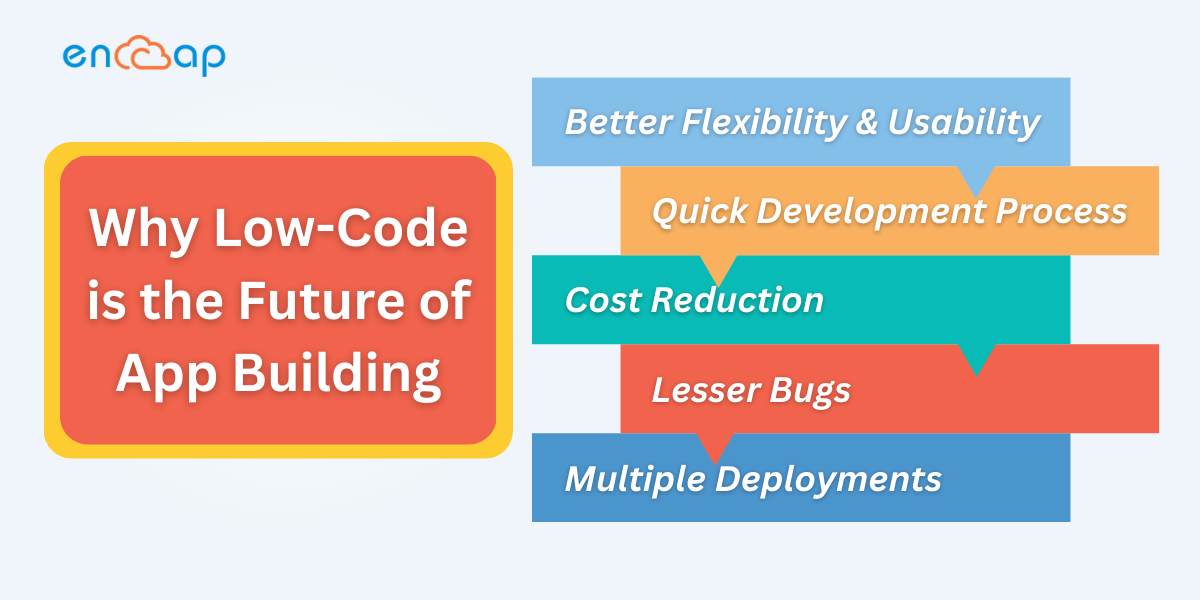How to Get Started with Low-Code Development for Your Digital Transformation?

Most organizations cannot afford to pay a full-time development team and this is where low-code platform providers come into the picture. An organization’s technical and business experts can lead where the development expertise lacks and also create application solutions on low-code platforms that need minimum coding.
Anytime a company lacks development expertise, low-code tools are an effective way to compensate. Research by Gartner says that around 65% of all custom applications will be developed using low-code platforms by 2024.
Hence, we can expect more companies to adopt low-code development in the future. If you are getting started with low-code development, then there is important information that you should know. In this blog, we will understand more about it.
1. Understanding Low-Code Development Tools
If an organization wishes to start low-code development, it is essential to understand the tools well. Low-code platforms can be compared based on the functionality that the platforms bring.
Various departments can use different low-code tools, from software developers to business users. There are many low-code solutions in the market, and it is best to see product evaluations while matching the offerings with needs.
It is best to start with solutions to basic-level business challenges and then build functionalities on top of the app to enable complex workflows. While comparing the options, you can look at ongoing costs and support, features, responsive design, functionality, and integration.
2. Create a Blueprint
The best approach to working with low-code development platforms is defining a blueprint and mapping out the processes.
Low-code platforms like Zoho Creator offer a visual Blueprint builder that helps streamline process management, set up custom actions, and enable collaboration. You can define and iterate processes without spending hours to re-write your code. Blueprint is useful in ruling out all inefficiencies and human errors.
3. Training and Onboarding Teams
You must understand the problem that you wish to solve. To do this successfully, the data that you use is the first step to building a low-code application, and something that is even more important is knowing how to use the solution.
In case you plan to let yourself and your team be the users, then it is good to focus on solving a challenge that your team is experiencing. This helps in building a much better application.
4. Prioritize Data Privacy
Data privacy and security are vital aspects that should be focused on when considering the features offered by low-code platform providers. You should see if the platform has controls for ensuring data privacy and security.
Based on the data security and privacy aspect, most companies might be able to restrict some types of data or how they can be used. The best low-code platforms offer sufficient data security to users.
Conclusion
When getting started with low-code development platforms for digital transformation, you should evaluate each product according to needs. It is best to start with intuitive tools that can create simple solutions.
It would help if you also understood your audience’s needs and remembered that data security is essential for success. You will be good to go when you focus on all these points.

How to Get Started with Low-Code Development for Your Digital Transformation? Read More »
Low-Code, Zoho Implementation


